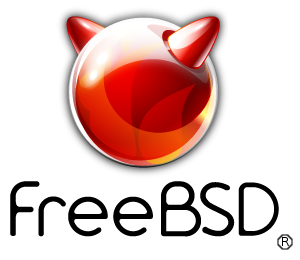How to Find NginX Version In 2 Quick Steps Finding your NginX version is a simple process that can be completed in just a couple of steps. We’ve assembled some brief tutorials for Linux and other Unix-like operating systems. These are intended to help you determine your NginX version, as well as troubleshoot errors that… Read more »
MariaDB vs MySQL: Which Relational Database Should You Use?
Tuesday, April 19, 2022
MariaDB vs MySQL: Which Relational Database Should You Use? MariaDB and MySQL are both popular relational databases, and they are both similar in how they function. However, they are different at the end of the day and one may not be ideal for everyone. So which should you use? The answer will depend on your… Read more »
What is Redis and Why You Should Use It
Thursday, April 7, 2022
What is Redis and Why You Should Use It If you’re new to Redis, you may be wondering what exactly it is and who should use it. So, we spent some time putting together this overview that will give new users a better idea of what it is and how it works. After reading this… Read more »
FreeBSD vs OpenBSD: Which is Right for You?
Wednesday, March 23, 2022
FreeBSD vs OpenBSD: Which is Right for You? FreeBSD vs OpenBSD. Which is more secure? Which is faster? Which is generally superior? Both have their strengths and weaknesses, and both appeal to different audiences depending on needs. Our open-source experts sat down to cover some of the major differences between these two platforms in order… Read more »
What is Linux? Open Source 101 with A-Team Systems
Wednesday, September 15, 2021
What is Linux? Open Source 101 with A-Team Systems If you’re new to open source software, you’ve probably wondered “What is Linux?” There’s quite a bit to know and it takes years to fully understand. So we decided it would be a good idea for us to take some time to create an intro to… Read more »
Convert RedHat to CentOS And Save Money Today!
Thursday, July 25, 2019
Discussing how to convert RedHat to CentOS has been an increasingly common topic with IBM’s acquisition of RedHat. Many organizations are reviewing their RedHat agreements and asking themselves what they get from their RedHat licensing and support dollars. RHEL resellers are also concerned that their biggest competitor and RedHat reseller (IBM) is now in complete… Read more »
SOLVED: Virtualenv RuntimeError: Package ‘sqlite’ must not be downloaded from pypi
Monday, December 19, 2016
While working with Python Virtualenvs / Virtual Environments we ran into a package that simply refused to install into it: sqlite: (venv) [siteowner@server /share/sites/www.sitename.com]$ pip install sqlite Collecting sqlite Using cached sqlite-99.0.tar.gz Complete output from command python setup.py egg_info: Traceback (most recent call last): File “”, line 1, in File “/tmp/pip-build-USy81K/sqlite/setup.py”, line 2, in raise… Read more »
FreeBSD 11.0 Deployment Soon!
Thursday, November 17, 2016
FreeBSD 11 was formally released last month and we’re very excited to start rolling it out to our clients in the coming weeks. FreeBSD 11.0 brings a host of new features and improvements including: Improved BHyve: BHyve is FreeBSD’s type-2 native hypervisor which boots virtually any FreeBSD and Linux version and now includes a native… Read more »
ZTE Falcon Z-917 via USB with pfSense and FreeBSD
Friday, May 6, 2016
One of the things on our list has been to setup a proper dedicated cellular backup system setup here at the office. This was harder than it seemed due to the fact that T-Mobile here uses the 700 Mhz band for LTE. This is really an odd frequency and 700 Mhz is not supported by… Read more »
FreeBSD Hardware RAID vs. GMIRROR vs. ZFS
Thursday, September 3, 2015
The ultimate storage shootout! With years of building and testing servers in various configurations we have always suspected hardware RAID was not all that it’s cracked up to be. FreeBSD’s GMIRROR and ZFS are great, but up until now it’s been a gut feeling combined with anecdotal evidence. Today, we change that. The Test Setup… Read more »



